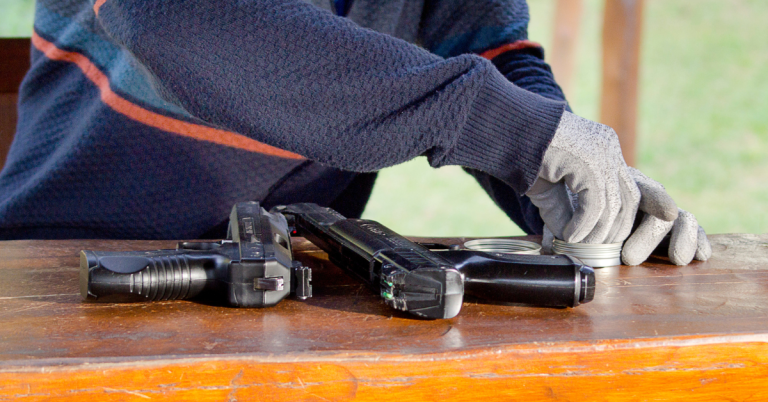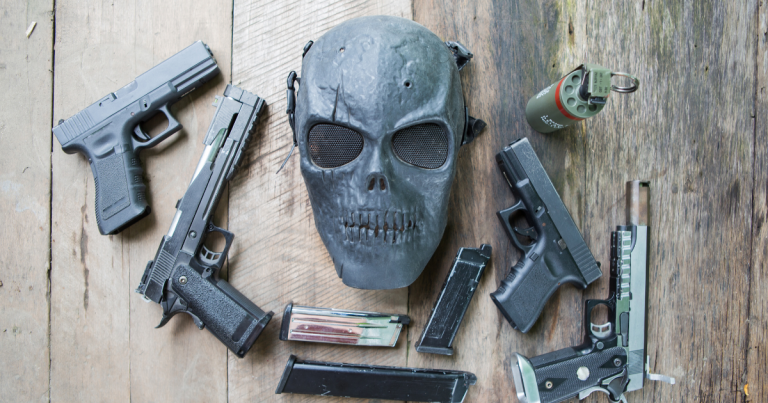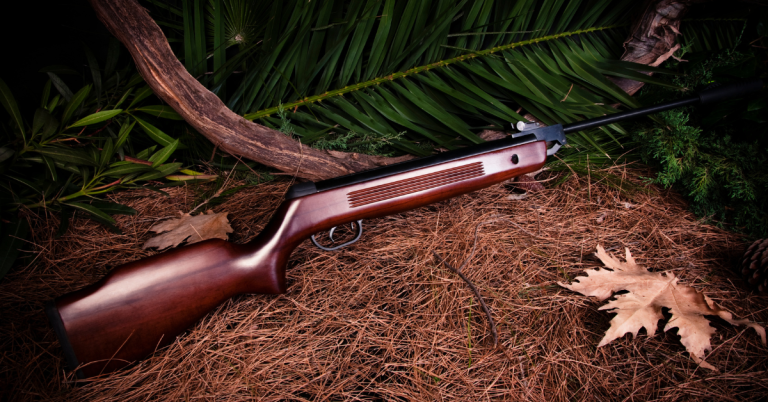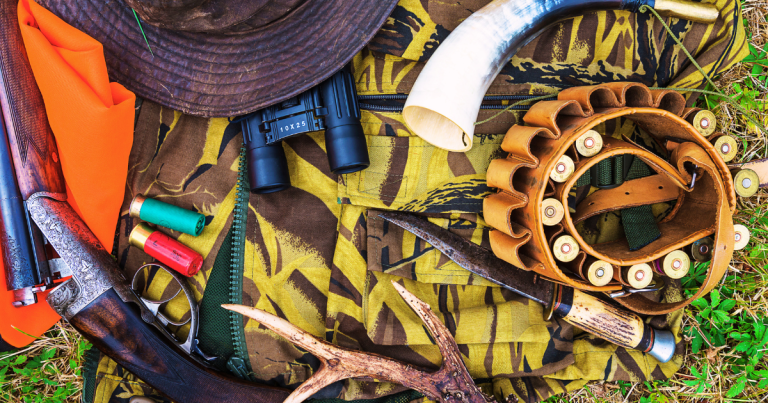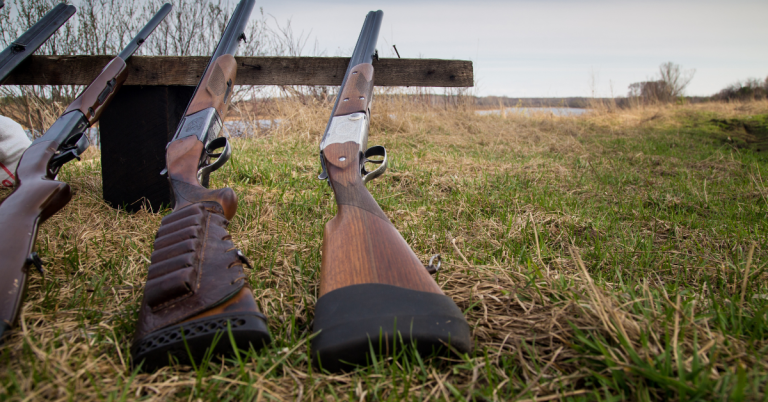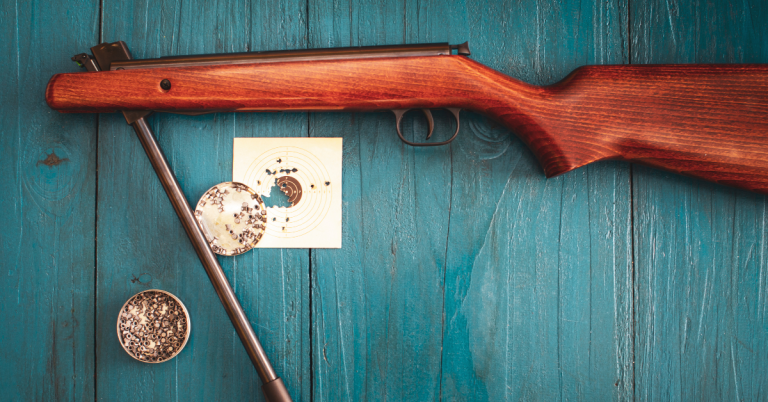Crack the Code: Air Pistol Hunting Challenges Solved
Hunting with an air pistol presents a unique set of challenges that can test the skills and patience of even the most experienced hunters. From shot placement on moving targets to managing recoil, each aspect requires careful consideration and technique.
Shot Placement on Moving Targets
Hitting a moving target requires anticipation and understanding of the target’s speed and direction. Follow these steps to improve your accuracy:
- Track the Target: Keep your muzzle aligned with the target’s movement to gauge its speed and direction.
- Lead the Shot: Aim slightly ahead of the target to compensate for its movement. The distance to lead will depend on the target’s speed and the pellet’s velocity.
- Steady Trigger Pull: Maintain a smooth and consistent trigger pull to avoid jerking the air pistol, which can throw off your aim.
Dealing with Wind Drift
Wind can significantly affect the trajectory of a pellet. Here’s how to mitigate its impact:
- Understand Wind Patterns: Learn to read the wind’s direction and speed. A crosswind will push the pellet sideways, affecting its path.
- Adjust Your Aim: Compensate for wind drift by aiming into the wind. The amount of adjustment needed will depend on the wind’s strength and the distance to the target.
- Choose High BC Pellets: Pellets with a higher ballistic coefficient (BC) are less affected by wind. Consider using heavier pellets for better stability.
Managing Recoil
While air pistols generally have less recoil than firearms, managing it is still important for accuracy:
- Proper Stance and Grip: Maintain a firm grip and a stable stance. This helps absorb the recoil and keeps the air pistol steady during the shot.
- Wrist Tension: Keep your wrists firm to control the air pistol’s movement after firing.
- Practice: Regular practice will help you become accustomed to the air pistol’s recoil, allowing you to maintain control and quickly realign your sights for follow-up shots.
Adapting to Environmental Conditions
Varying environmental conditions can pose additional challenges. Here’s how to adapt:
- Scout the Area: Familiarize yourself with the hunting environment. Understanding the terrain and weather patterns can help you anticipate challenges.
- Use Quality Optics: A good scope or iron sights that can be easily adjusted for windage and elevation are crucial for adapting to environmental changes.
- Stay Versatile: Be prepared to change your tactics based on the conditions. If the wind picks up or the light changes, be ready to adjust your approach accordingly.
Conclusion
Air pistol hunting requires a blend of skill, knowledge, and adaptability. By mastering shot placement on moving targets, dealing with wind drift, managing recoil, and adapting to environmental conditions, you can overcome the common challenges faced in the field. With practice and patience, these skills will lead to a more successful and rewarding hunting experience.
FAQs
What is the effective range of an air pistol for hunting?
The effective range for hunting with an air pistol is typically between 10 to 25 yards, depending on the pistol’s power and the shooter’s skill. Beyond this range, accuracy and pellet energy may drop significantly.
How do I choose the right pellet for hunting with an air pistol?
Selecting the right pellet involves considering factors like weight, shape, and material. Heavier pellets may offer better stability and energy transfer, while the shape can affect penetration and expansion upon impact.
Are there specific air pistol models that are better suited for hunting?
Air pistols designed for hunting usually have higher power output, better accuracy, and are capable of firing heavier pellets. Models with adjustable power settings can also be advantageous for different hunting scenarios.
What safety precautions should I take when hunting with an air pistol?
Always treat the air pistol as if it’s loaded, keep the muzzle pointed in a safe direction, be sure of your target and what’s beyond it, and use appropriate eye and ear protection. Additionally, be aware of local laws and regulations regarding hunting with air pistols.
Can I hunt all types of game with an air pistol?
Air pistols are generally suitable for small game and pest control. Hunting larger game with an air pistol is not recommended due to the limited power and potential for wounding rather than a humane kill.

